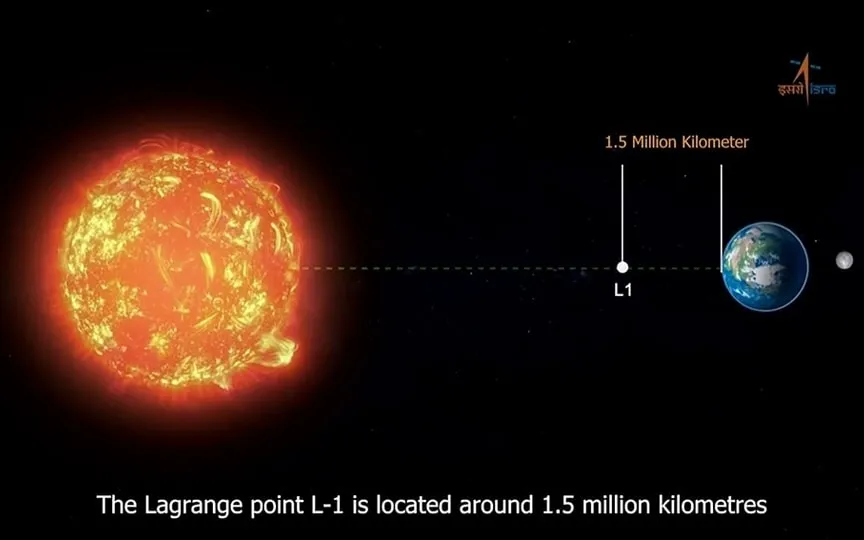ISRO’s Aditya-L1 Captures Solar Flares in High-Energy X-Ray – A Space Milestone!
The Aditya-L1 mission spacecraft is currently on its path towards a location where the Sun-Earth system is in balance, allowing for the study of different phenomena. In a recent development, the spacecraft has successfully captured the first-ever high-energy X-ray image of solar flares while in its monitoring phase. It has accomplished various maneuvers, including the Trans-Lagrangean Point 1 Insertion (TL1I) maneuver, and will now be positioned at the halo orbit of Lagrange Point 1. Discover the discoveries made by ISRO through the X-ray image of the Sun.
Observations of Aditya-L1 transmissions
ISRO shared an update on the Aditya-L1 mission through its official X (formerly Twitter) handle, saying that the HEL1OS spectrometer captured the first high-energy X-ray from solar flares along with GOES X-ray light curves. The Indian Space Agency further reported that a spectrometer attached to the spacecraft was responsible for recording the highest phase of the solar flare on October 29 during its first observation period.
ISRO reports that such solar flares are sudden occurrences of the Sun’s outer layers. These flares emit harmful radiation across the electromagnetic spectrum – radio, optical, UV, soft x-rays, hard x-rays and gamma rays. Currently, HEL1OS is fine-tuning and calibrating the threshold values and continues to study the high-energy X-ray activity of the Sun. ISRO said, “HEL1OS data will allow researchers to study explosive energy release and electron acceleration during impulsive phases of solar flares.”
About the HEL1OS spectrometer
The High Energy L1 Orbiting X-ray Spectrometer (HEL1OS) is designed to study the Sun’s explosive energy release, electron acceleration and migration during solar flares with fast timing measurements and high-resolution spectra. The instrument has been developed by the Space Astronomy Group of the U. R. Rao Satellite Centre, ISRO, Bengaluru, in collaboration with various central units.
The HEL1OS spectrometer has been studying solar flare activity since October 27, and recorded the flare’s peak energy on October 29, 2023, providing insights into the Sun’s activity. ISRO provides additional information on the observations.
One more thing! ReturnByte is now on WhatsApp channels! Click here to join so that you never miss any updates from the world of technology.




